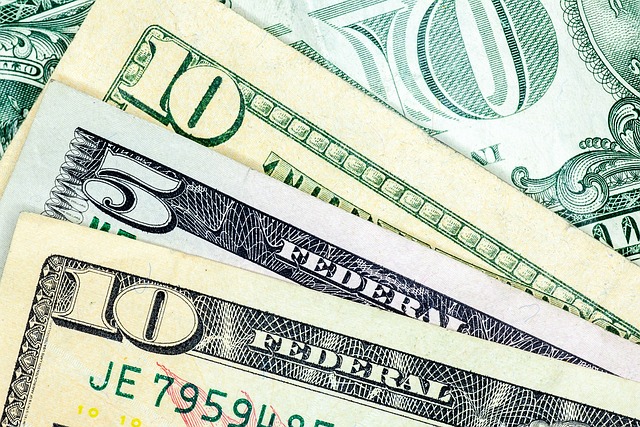For individuals with low credit scores facing unexpected expenses, Emergency Debt Assistance offers a vital safety net through small personal loans or grants from non-profits. Understanding secured and unsecured loan differences is key, as secured loans require collateral but may offer lower rates. While these assistance programs provide quick funding with flexible terms, they often come with shorter repayment periods and higher fees. To avoid exacerbating financial stress, it's crucial to compare various loan types, create a strict budget, prioritize high-interest debts, regularly review credit reports, and negotiate payment plans with creditors.
Struggling with a low credit score? Accessing emergency debt assistance doesn’t have to be an insurmountable hurdle. In this comprehensive guide, we explore 5 best loan options tailored for individuals with poor credit scores. From secured to unsecured loans, understand the advantages and disadvantages of each type and gain valuable strategies to improve your credit standing while effectively managing debt. Discover how to navigate these financial challenges and take control of your financial future.
- Understanding Emergency Debt Assistance for Poor Credit Scores
- Types of Loans Available: Secured and Unsecured Options
- Advantages and Disadvantages of Each Loan Type
- Strategies to Improve Your Credit Score While Managing Debt
Understanding Emergency Debt Assistance for Poor Credit Scores

For individuals with low credit scores, managing unexpected expenses can be a significant challenge. This is where emergency debt assistance steps in as a potential lifeline. Such programs are designed to provide support and solutions for those facing urgent financial crises despite their poor credit history. The primary goal of these initiatives is to help borrowers navigate through short-term monetary difficulties without adding to their existing debt burden.
Emergency debt assistance often comes in various forms, such as small personal loans with flexible terms or grants from non-profit organizations dedicated to helping people in dire financial straits. These options can offer much-needed breathing room, enabling individuals to address immediate financial obligations without the long-term repercussions of high-interest rates and strict repayment schedules commonly associated with traditional lending.
Types of Loans Available: Secured and Unsecured Options

When exploring loan options with a low credit score, understanding the types of loans available is crucial for finding suitable emergency debt assistance. Secured and unsecured loans are two primary categories that differ based on collateral requirements. Secured loans demand the borrower offer an asset as security, such as a car or property, to mitigate risk for the lender. This type of loan can be beneficial for those with limited credit options, as it may result in lower interest rates and more favorable terms.
On the other hand, unsecured loans do not require collateral but are generally more challenging to obtain with poor credit. These loans rely on the borrower’s ability to repay based on their income and financial history. Despite the higher risk for lenders, some unsecured loan providers offer specialized services tailored to individuals seeking emergency debt assistance, providing access to funds without requiring significant collateral.
Advantages and Disadvantages of Each Loan Type

Emergency Debt Assistance:
For individuals with poor credit, accessing emergency debt assistance can be a lifeline. These loan options are designed to provide quick funding for unforeseen expenses, offering flexibility and sometimes even lower interest rates compared to traditional loans. The advantage lies in their availability; people with credit issues can still gain access to much-needed funds for medical emergencies, home repairs, or unexpected bills. However, the disadvantage is that these loans may come with shorter repayment terms and higher fees, potentially making them costlier in the long run.
Each loan type has its unique pros and cons. For instance, personal loans from banks offer better interest rates but might require a solid credit history. On the other hand, payday loans are readily available but often charge excessive fees. Alternative options like peer-to-peer lending and title loans provide more flexible terms but may have varying interest rate structures. Understanding these advantages and disadvantages is crucial when selecting a loan to manage emergency debt situations effectively without causing further financial strain.
Strategies to Improve Your Credit Score While Managing Debt

Improving your credit score while managing debt can seem like a challenging task, but it’s achievable with strategic planning. One effective approach is to create a budget and stick to it strictly. This ensures that you allocate funds for debt repayment and other financial obligations, preventing further accumulation of emergency debt assistance. Prioritize paying down high-interest debts first; this strategy saves money in the long run and boosts your creditworthiness.
Additionally, regularly reviewing your credit report is crucial. Check for errors or discrepancies and dispute them immediately with the credit bureaus. Timely payment of bills, even for services you don’t use, can significantly enhance your score. Consider negotiating payment plans with creditors to manage debt better and improve your financial health over time.

